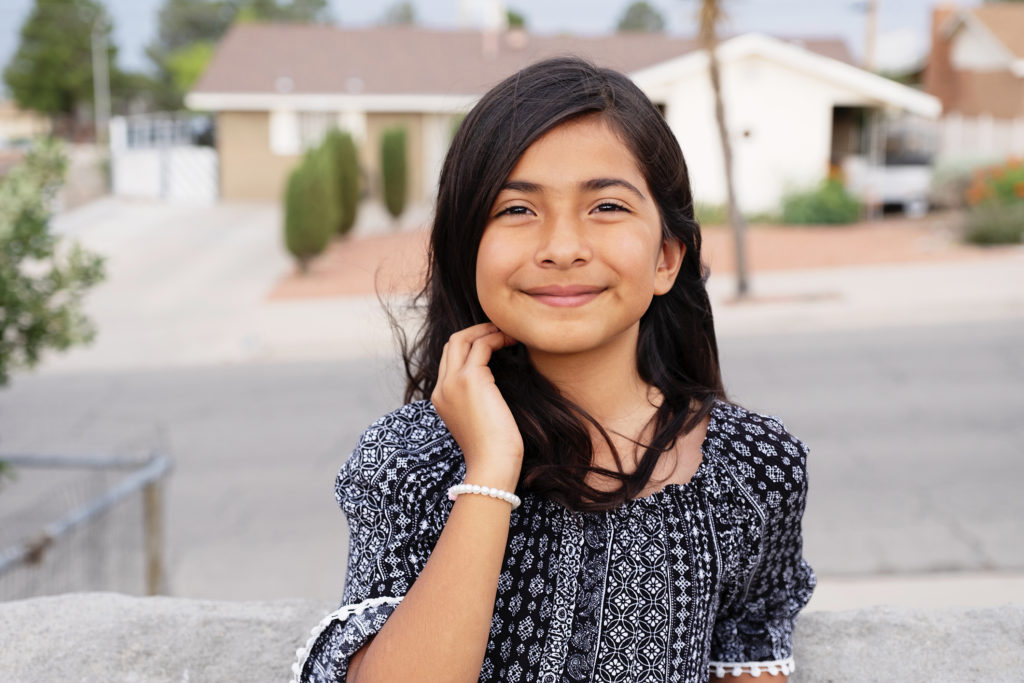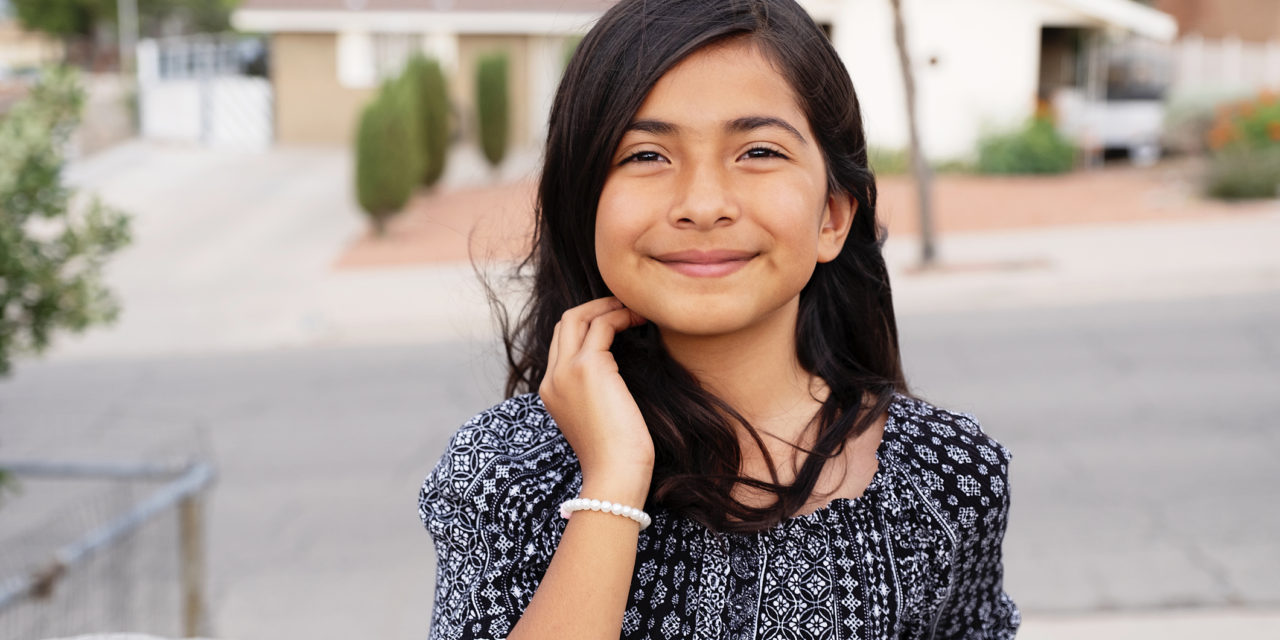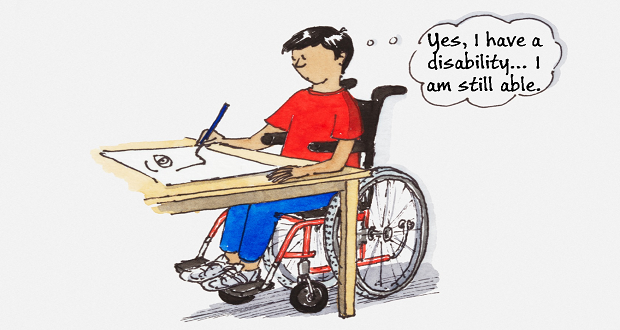
It was 1996. I was eight years old and sitting in my elementary school cafeteria, preparing for my first standardized test. I had a scantron in front of me, and the teacher was explaining how to complete our identifying information. To most people, this part of the test seems self-explanatory and is likely the easiest part of the test. She paused and said, “Are there any questions?”
I nervously raised my hand. “Well, my mom is Filipino, and my dad is white. I’m both. It says you can only select one response. What should I do?”
She quickly answered, “Pick the one you feel the most like today,” and kept moving on with the rest of her instructions, as if that were a reasonable response.
How does an eight-year-old child pick which of their identities to identify with on any given day? Also, why should a child — or any person — have to make such a decision, anyway? No one should have to identify with only one part of themselves because their whole self is too difficult for others to understand.
No one should have to identify with only one part of themselves because their whole self is too difficult for others to understand. Share on XIt bothered me for years to come. Now, as an educator myself, it bothers me that this teacher didn’t think carefully about her response and how it would impact my young mind, self-esteem, and development; nor did she consult with any other educators in the room. In confusion, I selected both bubbles. Throughout the rest of my school days, I continued to select both bubbles. At some point when I reached high school or college, they changed the policy and began allowing students to select more than one bubble and some assessments even included “two or more races” as an option.
My third-grade standardized test was the first time I realized I was different — too white to be brown and too brown to be white. I’ve grappled with this duality forever. I never know how I am perceived by each person I encounter. Will I be white today? Will I be brown today? Or will someone finally see me as my whole self?
For many of us identifying as multiracial with white as one of our identities, the racial justice movement is becoming increasingly burdensome. Due to our proximity to whiteness, we have the unique ability to bridge racial gaps. We intimately know white people and other Black and Brown people, have critical conversations with them, and potentially influence them. However, some of these relationships and conversations do not come without harm. Our white friends and family members feel comfortable enough to show their racism because, “You don’t really count,” “You’re not really [insert Black/Brown identity here], “You don’t act like other [insert Black/Brown identity here],” or, “You know I’m not racist because I have [insert Black/Brown identity here] family members and friends, like you.” In these situations, we are exposed to the things they say behind closed doors. It’s like part of them forgets you are also Black/Brown. As a multiracial person, you may want to use your power to have these important conversations, but the microaggressions and even blatant racism can become too painful.
For many of us identifying as multiracial with white as one of our identities, the racial justice movement is becoming increasingly burdensome. Share on XI am here to say that while people with multiracial identities can have these conversations, we aren’t obligated to. This is something that has taken me awhile to accept for myself because I felt guilty for wanting to step away from conversations on race. I felt it was my responsibility to reach all my racist white family members and their friends. But I also didn’t admit how painful these conversations were. I felt because I am white passing in some circles and benefit from white privilege, I have no place to complain about racism or any pain I feel. However, privilege does not cancel out our pain as multiracial people. Not only do we experience racism from the outside world, but we also often experience racism from within our own safe spaces — our families. This is unique and something we must also heal from, along with everything else we are healing from. We are grieving and experiencing trauma, along with our other Black and Brown brothers and sisters. It’s okay to take a break. It’s okay to acknowledge this duality — Black or Brown and white, pain and power. We must acknowledge and heal from our pain before we can use our power.
Privilege does not cancel out our pain as multiracial people. Not only do we experience racism from the outside world, but we also often experience racism from within our families. This is unique and something we must heal from. Share on X

















